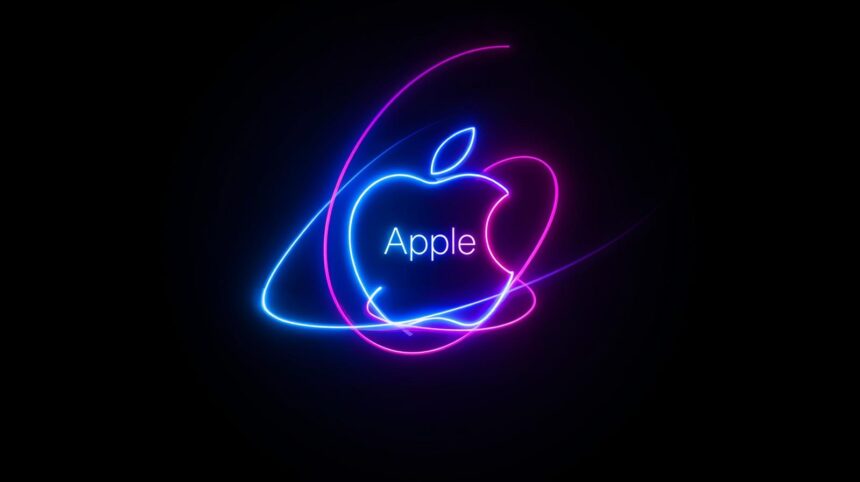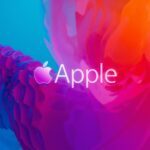Rumors are abuzz about potential leadership changes within Apple (NASDAQ:AAPL), following reports of CEO Tim Cook’s possible stepdown next year. After over a decade steering the company, Cook’s role is under speculation. As Apple faces evolving technological horizons, this managerial shift has implications for the company’s strategic direction and innovative pursuits.
John Ternus, Apple’s senior VP of hardware engineering, is noted as a contender for the CEO position. While speculation grows, Ternus’s consistent trajectory and leadership in product development mark him as a logical successor. Compared to historical speculations, Apple’s executive shifts have always stirred significant interest, often influencing market responses, reflecting both investor confidence and skepticism. This context highlights the potential impacts of internal leadership transitions on Apple’s future trajectory.
Who Will Lead Apple?
Sources within Apple suggest the transition is a long-considered process rather than a reaction to recent performance trends. Tim Cook has significantly contributed to Apple’s growth, leading the company to reach a remarkable $4 trillion market cap. Under his leadership, Apple’s value multiplied, yet it navigates a competitive landscape where rivals like Google (NASDAQ:GOOGL) and Microsoft (NASDAQ:MSFT) excel in AI advancements.
Is Apple’s Future Tied to a New CEO?
Preparations for leadership succession signal the company’s intent to establish a fresh management team before major annual events such as the Worldwide Developers Conference and the iPhone launch. These events are critical for Apple, given its profound impact on global consumer technology markets. Internally, the transition process aims for a seamless handover to maintain strategic momentum.
Despite robust current performance, Apple’s stock dynamics show disparities in comparison with competitors riding the AI wave. Whether this leadership transition can re-align Apple’s innovation strategies remains crucial. Industry observers will watch keenly to assess how Apple navigates this leadership change amidst such competitive pressures.
Karen Webster from PYMNTS highlighted Apple’s position amid technological evolutions, stating:
“They and Apple are finding that AI is a technological opportunity that rewards speed.”
This highlights a broader issue where Apple could lag in AI integration even as it explores avenues like incorporating OpenAI into existing platforms.
Further reflecting on this shift, Webster commented:
“Apple hasn’t left the starting blocks. Its competitors are accelerating, iterating and launching new Gen AI tools.”
The valid point raises considerations of how Apple’s future roadmap might adjust under new leadership to capitalize on technological advances.
Contemplating Apple’s leadership future involves analyzing how new management will balance legacy impacts and emerging technological requisites. This transition marks a pivotal moment that could redefine Apple’s competitive strategies amid evolving market demands. This narrative places Apple’s forthcoming moves under scrutiny, gauging implications for its global standing and technological acumen.










